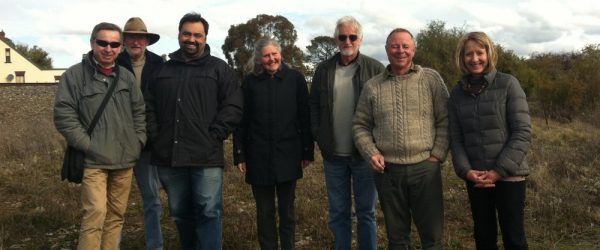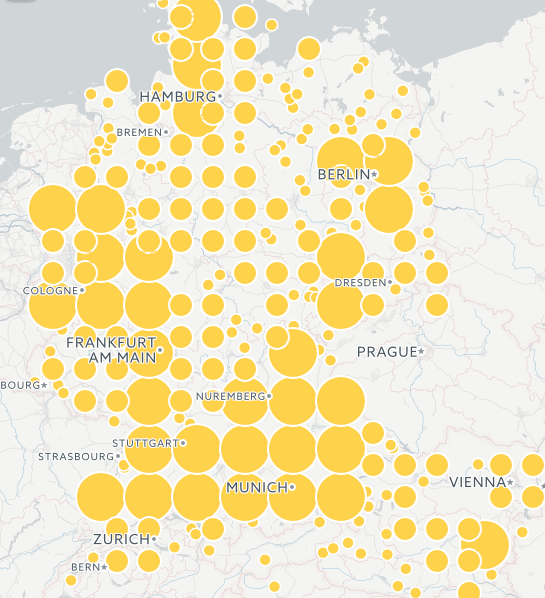Those unable to get traditional solar systems installed on their roof may wish to take a look at the upcoming solar gardens scheme we will see in Australia. The Australian Renewable Energy Agency (ARENA) are funding a trial of the ‘ground solar’ in (mostly) regional areas of NSW, Queensland and Victoria.
Solar Gardens – Alternatives to Roof Solar

According to the Sydney Morning Herald, those without a rooftop who still want to invest in solar power will be in luck if they’re based in Blacktown, Shoalhaven, Byron Bay, Townsville, or Swan Hill – ARENA and ‘other participants’ are providing around $550,000 in funding to assist the trial.
Dr Liz Develin, the NSW Department of Planning and Environment’s deputy secretary of energy, water and portfolio strategy (wonder if she has to buy extra long business cards?) discussed how the department are hoping to achieve with the rollout:
“We are trialling solar gardens with the aim of helping renters, low-income households and those living in apartments save on their energy bills,” she said.
“Blacktown is a hotspot for rooftop solar and we are really excited to see how this trial goes. The average Western Sydney household with a 4-kilowatt solar system on their roof could already be saving up to $900 a year.”
Specifics on the scheme are still a little thin on the ground (sorry…) but the solar gardens are ‘generally’ under 100kW so as to keep the STCs (small-scale renewable energy generation certificates). The University of Technology Sydney’s Institute for Sustainable Futures and the Community Power Agency will lead this project.
Solar gardens are growing faster than any other segment of solar power in the US (200MW of new capacity was rolled out in 2016) – so perhaps this is the start of a revolution where the word ‘solar’ doesn’t necessarily conjure up the image of panels on a roof. I have no doubt we’ll see blockchain technology integrated or, for the bigger gardens such as those at mid-large size apartment blocks, some microgrids available to help balance demand.
Are you interested in applying to join the solar garden trial? Watch this space. More info to come as we have it!




